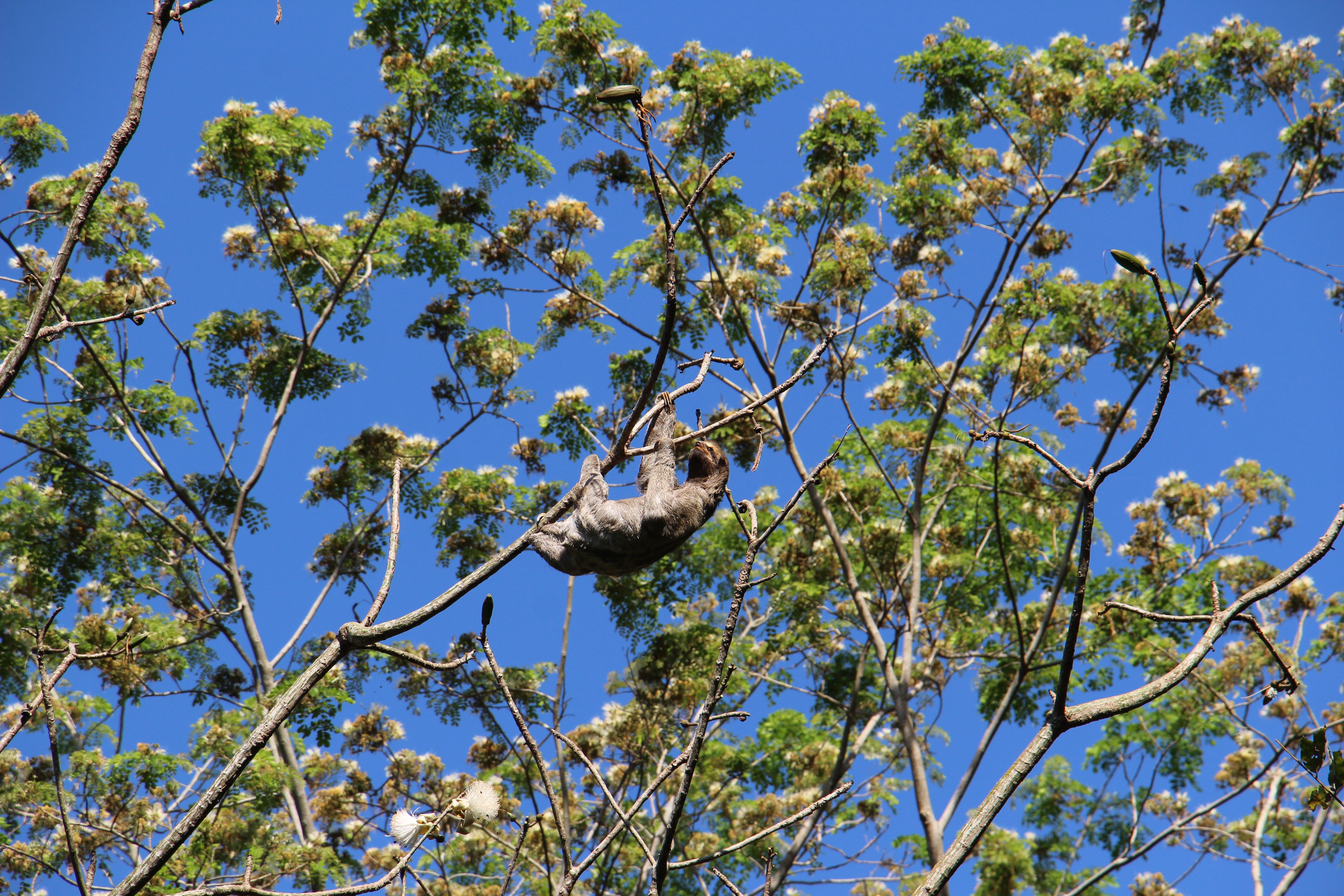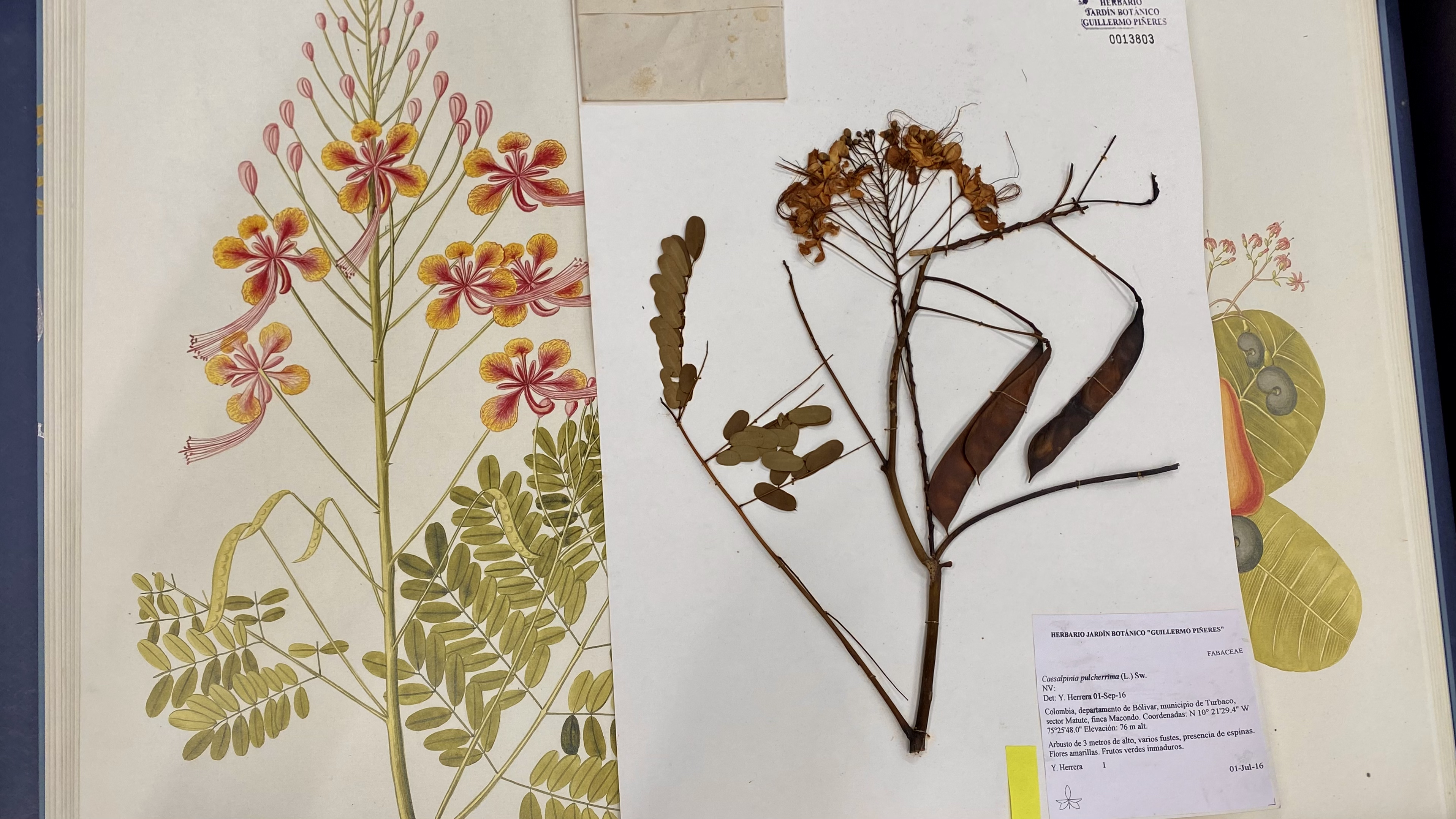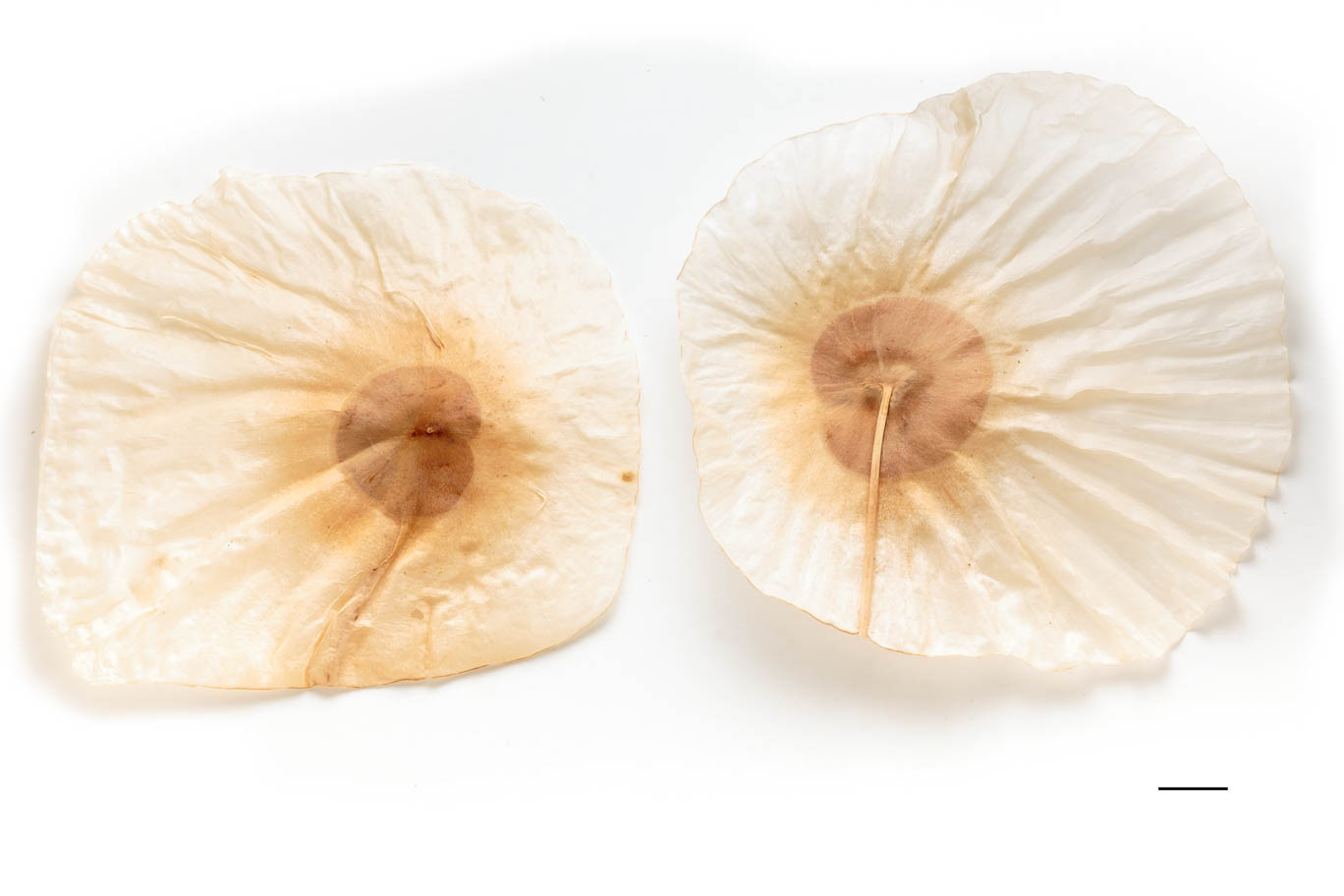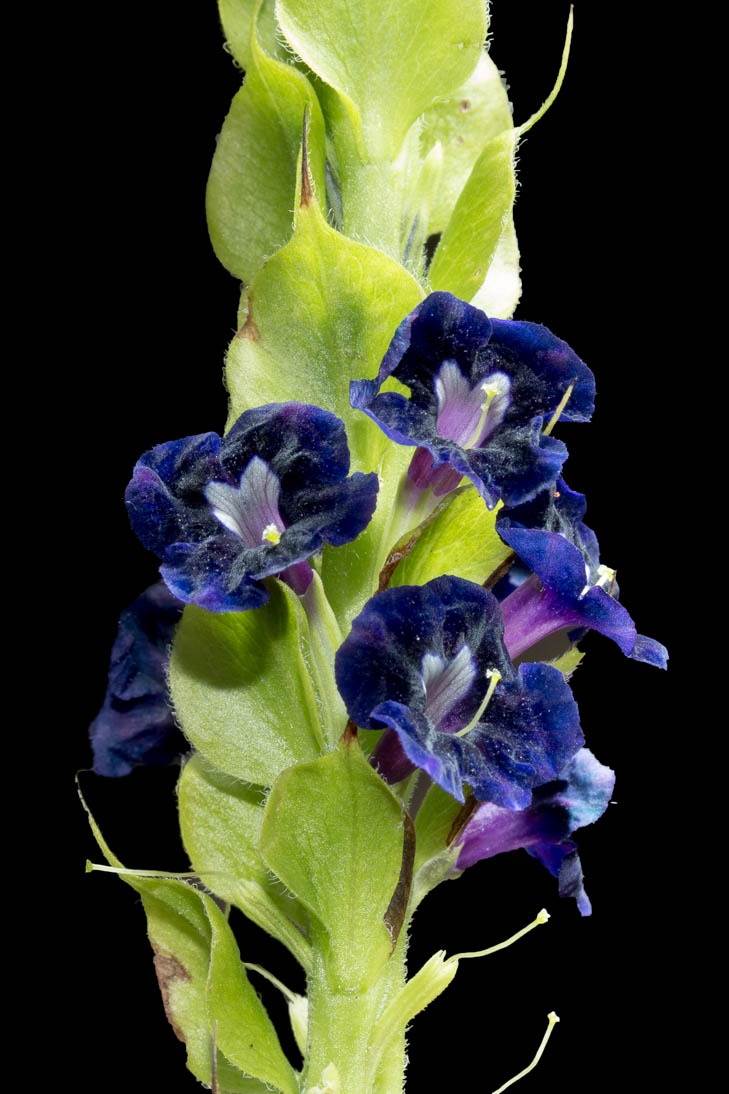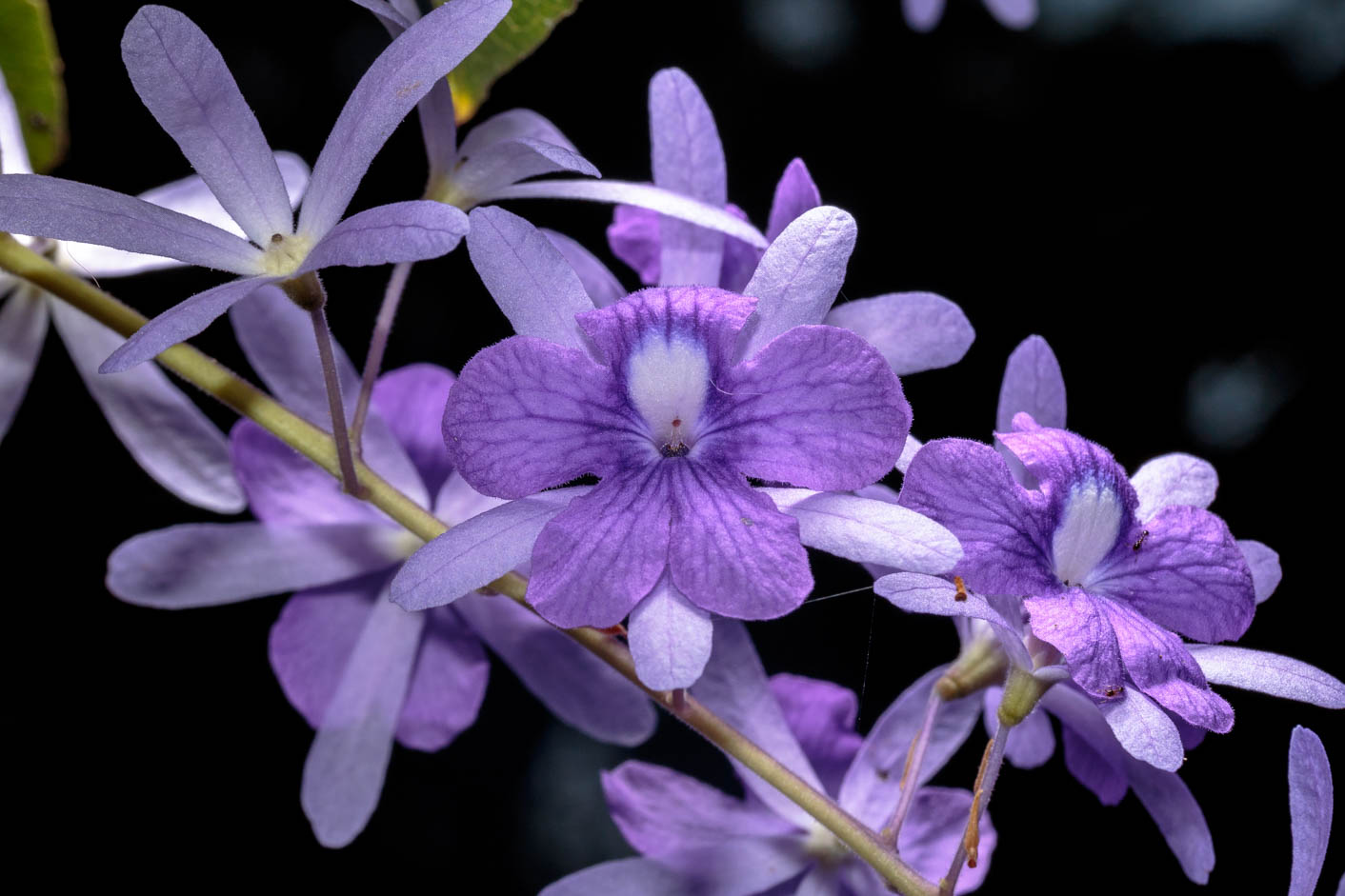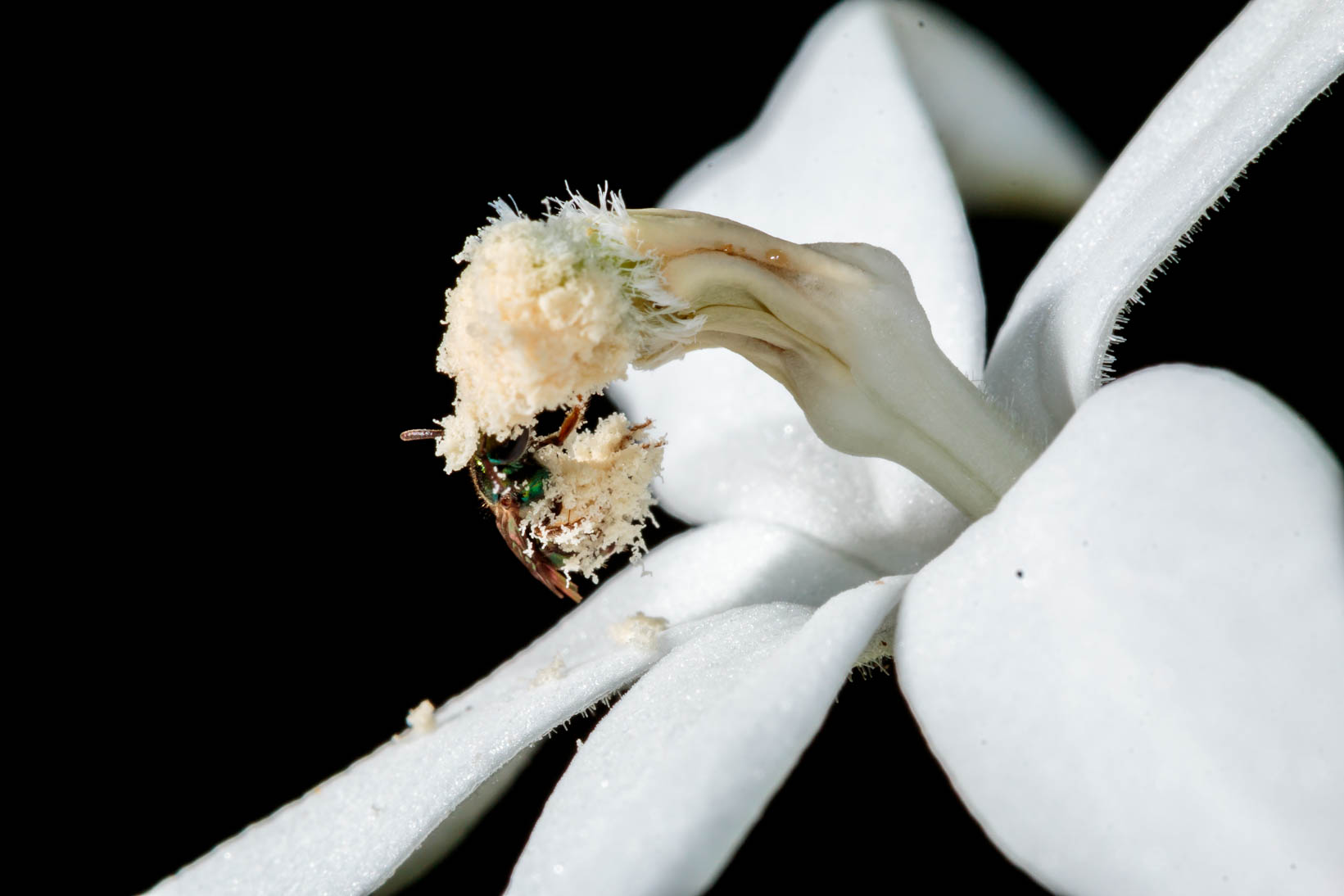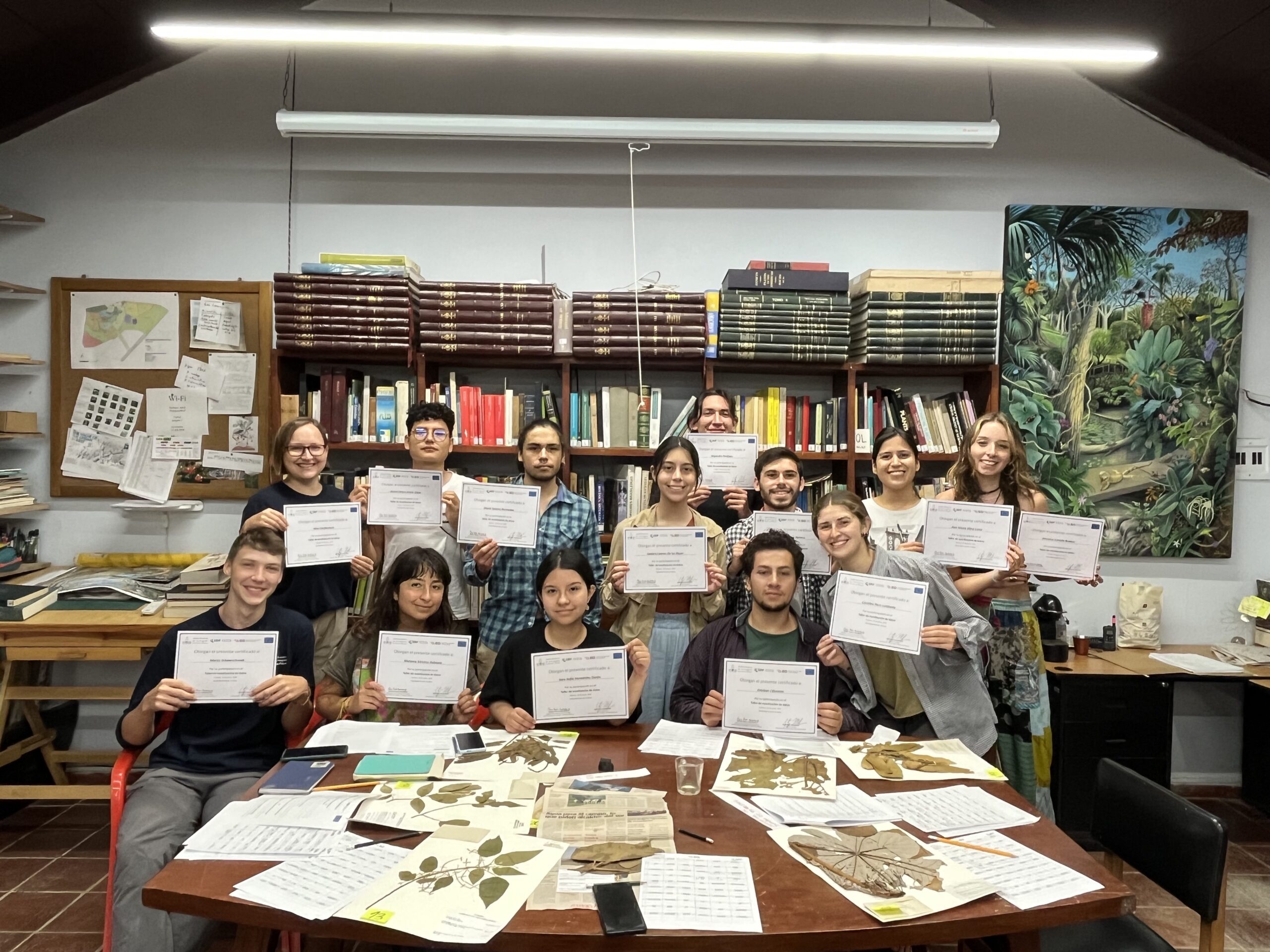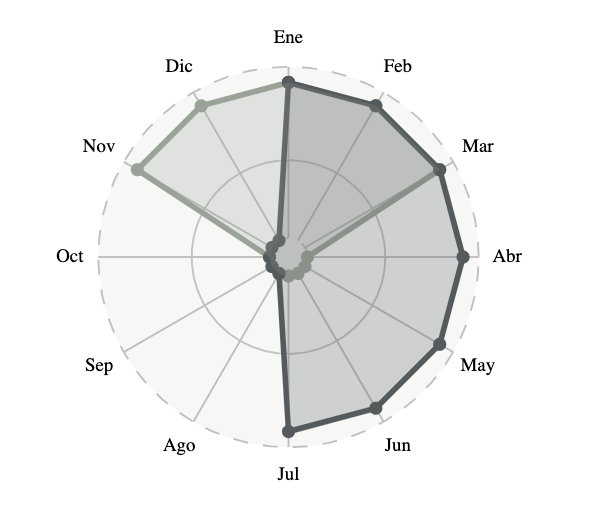This collection, considered the most important in the Caribbean region of Colombia, hosts specimens collected by Alwyn Gentry, Hermes Cuadros, Santiago Madriñán, and Vlastimil Zak stand out. The records have been collected from the year 1957 to the year 2023 in 22 countries, with 81% of the records in Colombia, mainly from the Caribbean Region and the Sierra Nevada de Santa Marta.
Featured collections
Biological collections hold immense significance in preserving Earth’s biodiversity and advancing scientific knowledge. These meticulously curated repositories of plant and animal specimens serve as resources for researchers, educators, and conservationists alike. Biological collections constitute an integral part of a country’s national heritage. In the Colombian Caribbean, The Botanical Garden plays a key role in this regard.
Our seed bank aims to preserve a representative sample of native species populations from the seasonal tropical dry forest of the Colombian Caribbean. The research guidelines of the collection are focused on gathering the highest amount of biological and usage information from the specimens, following standardized protocols for seed collection, processing, and storage.
The Living Collection of the Guillermo Piñeres Botanical Garden in Cartagena includes both native and cultivated tropical plants. Among its most important exhibitions are the Arboretum, Orchard, Palmetum, Xerophytic Garden, Evolutionary Garden, Ornamental Garden, and Native Forest.
Research
The Garden serves as hub for the study of native plant species, particularly those endemic to the seasonally dry tropical forest of the Colombian Caribbean. Through fieldwork and data collection, researchers at the Garden aim to deepen our understanding of the unique adaptations and ecological roles of these plants. This research not only adds to the scientific knowledge of local flora but also informs conservation strategies for preserving critical ecosystems.
Our permanent plots are crucial for long-term data collection, providing a baseline for biodiversity monitoring, understanding ecosystem dynamics, supporting conservation efforts, and facilitating ecological experiments and education.
This project aims to conduct research on the origin and maintenance of biodiversity within an evolutionary systematic context.
Outreach
As part of the alliance between the Botanical Garden of Cartagena, Biodiversity Information for Development (BID), and the Global Biodiversity Information Facility (GBIF), and with the aim of consolidating knowledge about the flora of the tropical dry forest, the following resources were created with the aim of educating about of the flagship plants of the Colombian Caribbean.
We educate young local researchers to make information about the ecosystems of the Colombian Caribbean available to the public.
We collect occurrence data to create precise models for assessing the distribution of Colombian Caribbean flora. These models help predict where plant species are located, guiding conservation efforts effectively.
We use herbarium data to better predict the timing of events in Colombian Caribbean flora. This helps in understanding their ecological patterns and aids conservation efforts.
